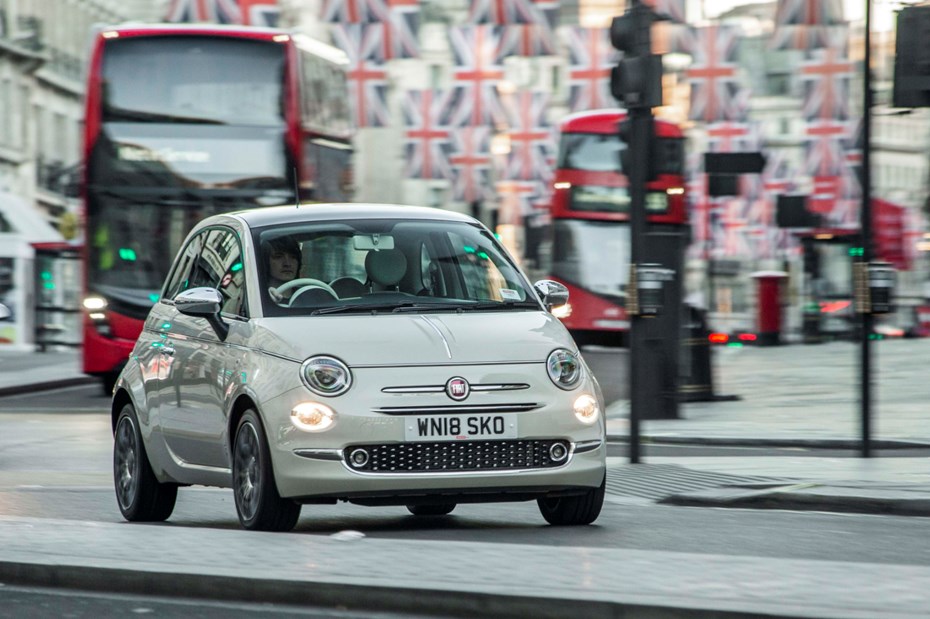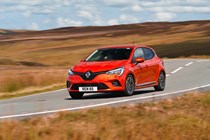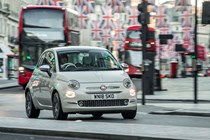Surprise, surprise, public transport in the UK continues to be a contentious issue. The latest in a long line of problems is the 10 days of strikes planned for the London Underground, which will leave up to five million commuters without an easy way to get around London at the start of November.
Add that to cancelled trains, late buses, nowhere to sit, dirty stations, and the severe imbalance between London’s provisions versus the rest of the country, and the lure of leasing a car starts to sound more appealing, even if it sounds like a more expensive option. Public transport does have its place in the world. Even the gaggle of car enthusiasts that make up Parkers will concede that there’s something effortless about taking a train or the Tube.
The concern that we’re going to be deep-diving into here, however, is cost. A poll conducted by YouGov this year showed that two-fifths of people who travelled less frequently by train cited high ticket prices as the top factor. And with the average cost increase for a season ticket rising 5% in 2024, it’s easy to see why.
This poses a very serious question for commuters; can you realistically rely on another form of transport (i.e. a car) for the same, or less cash than public transport? With that important consumer question in mind, we broke out the calculators to see whether you could lease, finance and even buy a car for less than an annual Tube Travelcard or Season Ticket. Although this approach won’t work for everyone, there will be many for which this switch makes financial sense.
How to get to work without public transport?
That’s the big question, leaving plenty of people in a predicament. How do you get to work without taking public transport when you live more than the 19.5-mile average commute? Walking is not an option, and cycling is just about on the cards if you’re fit, the weather is nice, and your route isn’t packed with traffic. Otherwise, a car is the obvious solution for just about everyone. Cocooned in your own little safe bubble, the plethora of advantages are obvious.
But, it can also be a cost effective way of personal mobility for commuters if you play the numbers correctly, have somewhere to leave it, and aren’t a big insurance risk. Obviously, there are huge variables to consider when it comes to the cost of commuting. The biggest one is where you’re commuting to.
Driving into the centre of London provides a slew of logistical and monetary issues. Parking charges, congestion zone charges, and Ultra Low Emission Zones must be considered. They all add up and make many cars excessively expensive. Electric cars gain exemptions to most London charges, but you’ll still have to park it.
Elsewhere across the country, things are easier, especially in smaller towns where buses are infrequent, fares are expensive, and trains inflexible. It’s surprising how easily you can spend £10 a day on tickets – and although that doesn’t sound a lot, it’s enough to get you into a new car on personal lease or PCP – with a few caveats.
Cars for less than an annual Travelcard
London offers world-class public transport, and rates remain exceptionally reasonable. With the planned strikes, however, looking for alternative forms of transport that aren’t the bus is possible.
To give us a fighting chance, we’re looking at an annual Zone 1-6 Travelcard, which costs £3,120. Assuming a commute from Ruislip to Euston daily for work, can you do it cheaper in a car?
The commute by car is 15 miles each way, which works out to 150 miles a week.
PCH (Personal Contract Hire)

The cheapest leasing deal (effectively a long rental) we could find was for a Dacia Spring, a small EV. It costs £134.44 per month, with an initial rental price of £1,613.28, for a total cost of £3,226.56 for the first year, about £100 more than a Travelcard.
As an EV, charging rates will depend on a host of factors, including whether you can charge at home or are reliant on public chargers. In the best-case scenario of being able to charge at home, off-peak for 7p a kWh, charging the Spring’s 27 kWh battery for the commute distance will cost you £8.68 per month or £104.16 per year.
For the cost of the lease (four years), you’ll pay £6,453.12 in leasing costs and £416.64 to home charge it, for a total fee (including the initial deposit) of £8,066.40. This obviously doesn’t account for inflation, parking, or insurance costs.
A Travelcard for the same period would cost £12,480.
Total cost (first year)
Car: £3,226.56 + EV charging: £104.16 = £3,330.72
Zone 1-6 annual Travelcard: £3,120
Total cost (over four years)
Car: £8,066.40 + EV charging: £416.64 = £8,483.04
Zone 1-6 annual Travelcard = £12,480
So, score one for a cheap PCH. Public transport may win for the first year, but it’s closer than expected. By the end of your lease, you’ll be paying far less than the price of a Travelcard. You’ll also be able to take full advantage of the EV exception to ULEZ and congestion charges, until the end of 2025. You’ll also have a car capable of taking you beyond the limits of the Tube. Freedom is yours.
PCP (Personal Contract Purchase)
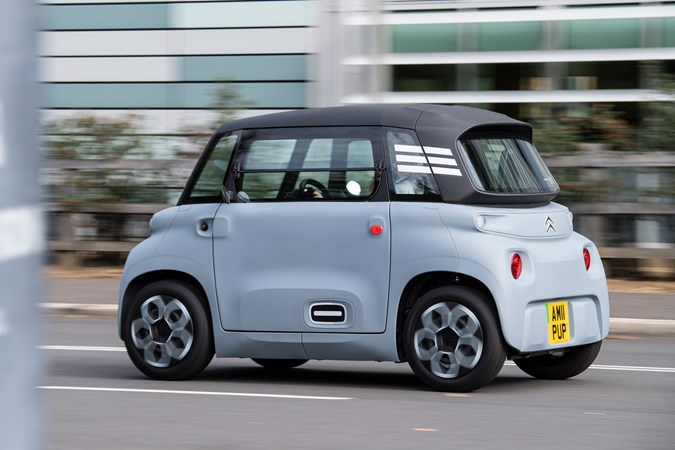
We have to cheat slightly and look at financing a quadricycle Citroen Ami instead of a proper car to take on London’s Tube. For £94.87 per month over three years (with 9.9% APR), alongside a deposit of £2,231.81, you’ll end up paying £5647.13 before adding in the cost of electricity.
Over the three years you’ll claw back some cash against the Tube, a Travelcard will cost £9,360 over three years, if prices are frozen.
Using the same off-peak rate as before, we can estimate that to charge the Ami’s 5.5 kWh battery for 150 miles per week, you’d need to add £63.24 to charge it up for a year. Triple that, and you’ll get £189.72, assuming electricity prices don’t change.
Total cost (first year)
Car: £3370.25 + EV charging: £63.24 = £3,433.49
Zone 1-6 annual Travelcard: £3,120
Total cost (three years)
Car: £5647.13 + EV charging: £189.72 = £5,836.85 (for three years)
Zone 1-6 annual Travelcard: £9,360 (for three years)
So there we have it, in the long run a PCP deal works out to be far better value for money. The initial deposit takes some time to overcome, but it is entirely possible to finance a brand-new vehicle. The only question is whether an Ami suits your needs. After all, it’s not actually a car, can only do 29 mph and we wouldn’t want to take it anywhere outside the cocoon of central London for fear of being in a crash.
Buying
You can get a sub £2000 ULEZ-compliant car quite easily, but you can’t get past the £15 a day congestion charge. A rough guess of £3,600 a year in this area alone means there’s no chance of you being able to motor on a budget.
We did flirt with the idea of a bargain-priced EV and taking advantage of the free congestion charge. However, for your money, you’d be looking at something truly terrible, like a G-Wiz. Even the bus is better than that.
Motoring for less than a train season ticket
PCP and PCH
This should have been easy. Train ticket prices remain a hot topic. To put the prices into perspective, when we last updated this article in 2020, an annual season ticket between London and Huntingdon was £5,604 per year. Now, it’s £6628 per year. That’s loads of money for a car and fuel.
The issue however is mileage. Leasing and financing will come with strict mileage limits, and the round-trip between London and Huntingdon is about 140 miles a day. That’s 700 miles a week and 36,500 miles per year.
There are leasing companies that’ll go that high, but the monthly prices to compensate make it impossible. Unbelievably, the train comes up trumps here. Even a very small car like a Hyundai i10 is too expensive to lease or finance.
Cash on a used car
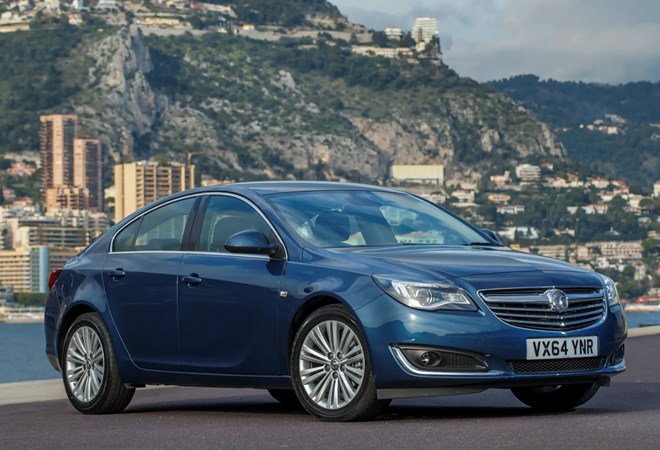
The easiest way to save is to buy a car outright, which costs less money than a season ticket.
For a commute of 700 miles a week, you’ll want a diesel. Diesel Vauxhall Insignias of 2014/2015 vintage can be snapped up for less than £4,000. At a whopping 76mpg (official), the 140-mile round trip will set you back roughly £12 per day.
£12 x five times a week = roughly £60 a week in diesel. There are 52 weeks in a year, and generally, 48 of those are working ones. £75 x 48 = £2,880 per year.
Again, public transport wins for the first year, but over time, a used car claws back costs and makes more sense. You also get a car capable of easily transporting friends and belongings, and something you can even sell when you’re done with it. Try and do that with a used season ticket…
What this means for you
Okay, not everyone will be able to make a permanent switch from public transport to driving – but for those who are, there is lots of appeal in running your own car instead of catching the bus or train. We don’t need to list all of those factors, other than to say that the freedom and convenience alone is near to priceless.
You do have to weigh this up against the potential additional congestion a mass switch to cars will make in cities – it’s too early to tell as many people who weren’t doing so before will be working from home following the pandemic – but if you choose electric, you won’t be contributing to an uplift in pollution in urban areas.
But what can be concluded is that getting into a new or used car is less expensive than you might think, especially when being clever with your monthly payments. Of course, the proviso there is that you must be confident your employment is secure and you can meet the payments – and if not, outright purchase of a lower-priced used car is an enticing alternative. Especially considering how much car you can buy for not very much money these days.
Either way, it’s good to know that there are choices, and moving into a car isn’t just safer, but it can also save you money, too.
These deals are indicative examples of some packages available as of 25 October 2024, but are subject to change without prior notice. Everyone’s financial circumstances are different and the availability of credit is subject to status. Terms, conditions and exclusions apply. Parkers cannot recommend a deal for you specifically.
Just so you know, we may receive a commission or other compensation from the links on this website - read why you should trust us.


